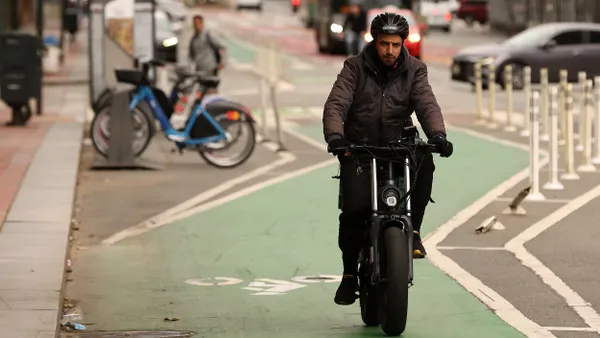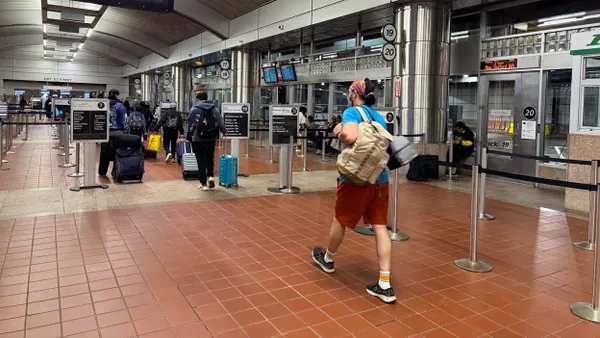To prepare for robotaxis and other autonomous vehicles to become part of the city’s mobility options, the Seattle Department of Transportation established a working group last summer drawn from local communities. The group included people of color, those with disabilities, immigrants and low-income residents. The resulting report, published in April in conjunction with the Urbanism Next Center at the University of Oregon, outlines seven key priorities to help Seattle DOT adopt AV policies and strategies that address the needs of the city’s communities.
“We brought together a group that represented very diverse voices to help craft how we should consider the city's approach to autonomous vehicle policies,” Armand Shahbazian, electric and automated mobility lead at Seattle DOT, said on a March 19 webinar.
The Seattle DOT requires a street use permit for testing autonomous vehicles. Just two companies, Zoox and Nvidia, hold these permits.
The working group, known as the Autonomous Vehicle Inclusive Planning Cohort, was charged with developing recommendations for the city’s approach to AV operations. Seattle wants to set expectations for AV and robotaxi companies regarding data safety sharing, fair pricing for users and accessible vehicle designs.
“I think cities are, frankly, very keen to be more on top of autonomous vehicle deployments, especially the shared mobility ride-hail services, because of what we experienced with [transportation network companies] like Uber and Lyft,” Shahbazian said. He added that while these services are valuable for many users, “they also leave out a lot of folks, especially people who are lower income, people with disabilities, older adults.”
Over the course of six months, the working group developed and discussed key priorities, which will help Seattle DOT adopt policies and strategies to address the needs of the city’s diverse communities. The working group’s recommendations include:
- Ensuring accessibility and affordability for vulnerable communities and low-income riders.
- Defining safety standards, making safety data publicly available and holding companies accountable for meeting safety benchmarks.
- Developing retraining programs and giving priority to hiring displaced workers, such as drivers, and encouraging the AV industry to partner with educational institutions on training programs.
- Using Seattle DOT’s Racial Equity Toolkit to guide policy; developing partnerships between the AV industry and underserved communities and addressing embedded biases in AV technology.
- Ensuring that AVs reduce congestion and emissions and regulating land use to avoid concentrating vehicle storage facilities in underserved areas.
- Enforcing data-sharing agreements with AV operators and collaborating with the industry on operational standards.
- Conducting outreach and education efforts to help residents understand the benefits and challenges of autonomous vehicles.
Although the six-month program has completed, Shahbazian said that Seattle DOT remains in contact with the community members. He said DOT is providing them with updates on AV bills in the state legislature and industry developments.
“No matter how the policies end up shaking out, many of these transportation impacts happen at the city level,” he said. “The city needs to have a seat at the table to uplift what we hear from our community members.”











